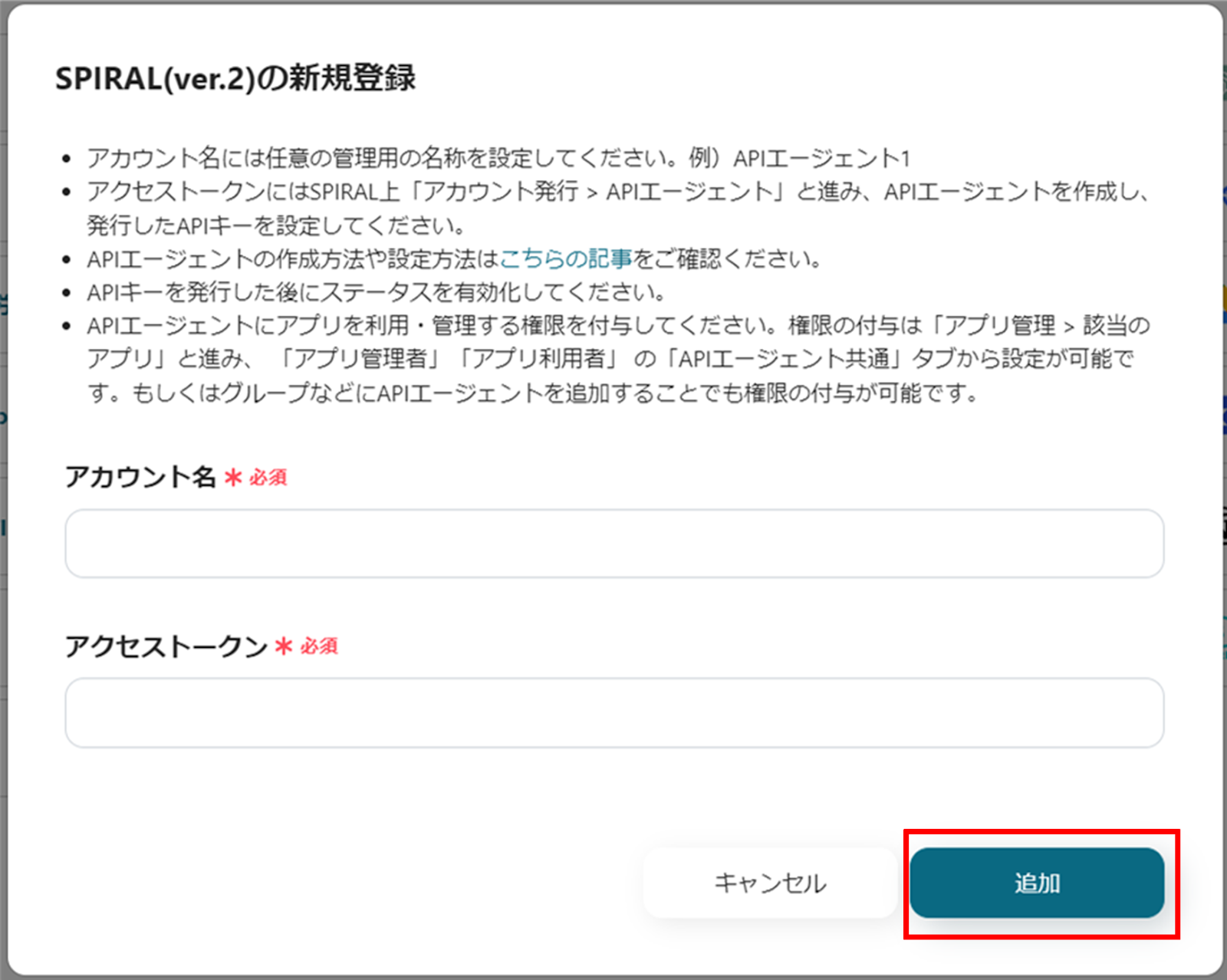Before Getting Started
If you do not have a Yoom account, please create one from the "Yoom Account Creation Page" below.
For basic operations of Yoom, please refer to "Getting Started with Yoom."
Now, let's get started!
Step 1: Connect SPIRAL and Microsoft SharePoint to My Apps
(1) After logging into Yoom, select "My Apps" from the left column and click "+ New Connection."

(2) From the list of new connections in My Apps, click SPIRAL.
(3) On the SPIRAL registration screen, enter the account name and access token.
For instructions on creating an API agent, please refer to the site below.

Once the input is complete, click "Add."
(4) Next, connect Microsoft SharePoint. Similarly, click Microsoft SharePoint from the list of new connections in Yoom.
※ Microsoft365 (formerly Office365) has plans for home use and general business use (Microsoft365 Business). If you are not subscribed to the general business plan, authentication may fail.
(5) The sign-in screen will appear. After entering your account, click "Next."

Once the connection is complete, SPIRAL and Microsoft SharePoint will be registered in Yoom's My Apps.
This completes the My Apps registration.
Next, let's set up triggers using templates!
Step 2: Setting When a Record is Created
(1) We will use the template introduced earlier. Click "Try it" on the banner below.



























.avif)


.avif)





